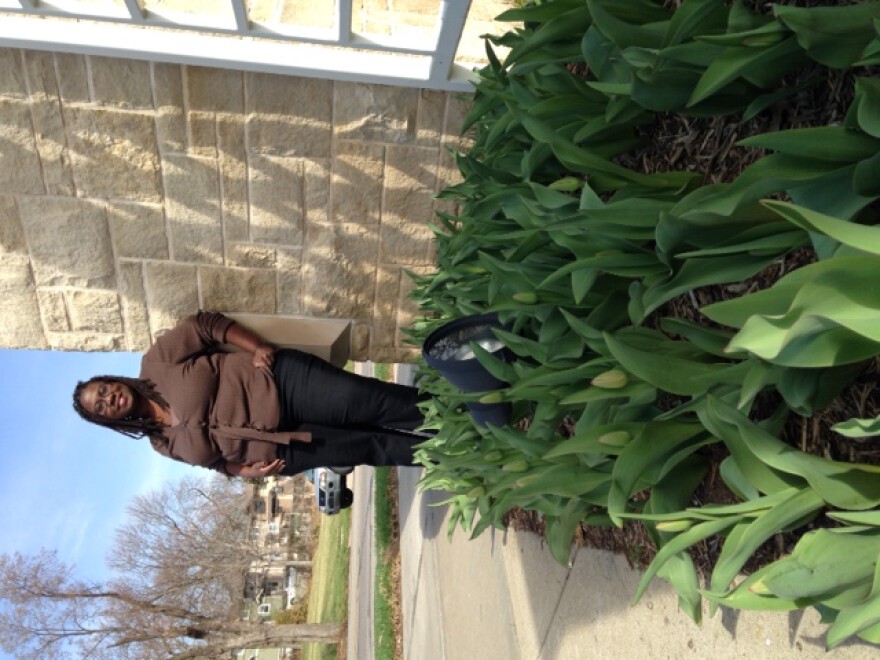When the first blankets of tulips bloomed along Troost Avenue as part of the Tulips on Troost street beautification program, national, even international press paid attention.
But the program was never supposed to be just about flowers. It was also an effort to reimagine Troost, which for years has been thought of as an economic and racial dividing line.
Today, the program is all but defunct, lacking funds and human capital to keep it alive.
Driving north along Troost from 75th street, there aren't many signs of tulips.
It's still early in the year, but approaching the Forest Hill Cemetery, there are a bunch; red and white blossoms, just popping out.
Outside the Southtown Planning Council office at 68th and Troost there are more. The council once administered the Tulips on Troost program.
It's not until Rockhurst University that I see the sprays of foliage that the project intended to provide all along Troost. In the first years, volunteers planted an estimated 750,000 bulbs, all the way from Admiral Boulevard to Bannister Road.
The university planted more than 30,000 bulbs just this year, and it shows.
Alicia Douglas, Rockhurt University’s director of community relations and one of the first to sign onto the program, recalls the early conversation about the tulips as a way to erase the image of a racial divide.
"Why not use tulips to change the conversation about color in general on Troost?" she remembers organizers asking.

It worked
Durwin Rice, a decoupage artist who once had a shop on Troost, said the early results were very positive.
Rice says he got interested in the history of Troost and began to study it. He learned the street was named after one of the first doctors to come to the area, a Dutchman named Benoist Troost. He was a landowner, and ironically, a slave owner.
But Rice focused on healing, and thought it fitting to plant the Dutch bulbs along the avenue which had been named for Dr. Troost.
They began in 2006 with a plan to plant 10,000 tulips, But it wasn't nearly enough, he says.
"(That) first year, we planted 75 ,000. It was glorious when they bloomed the next spring."
Rice said people came out of the woodwork to support them, donating bulbs and money. They gambled by planting in dubious soil conditions, like the asphalt-laden berms in Friendship Park at 57th and Forest. Still today, a healthy row of tulips is growing there.

Lagging support
A peek at the Facebook Page the project created, or its Twitter feed (@TulipsonTroost) makes it clear that support for the program has dwindled.
One year ago, a supporter posted to Facebook, “Durwin, we need you!” referring to Rice's visionary leadership for the program.
But Marti Lee, director of the Southtown Council, says community projects like this have a natural life span.
With decades of experience in community development and disaster relief, she's seen wild enthusiasm for a project ebb and flow, and sometimes die out.
"We don't have the funding to continue doing Tulips On Troost," says Lee. "I would hope the businesses might jump in and do that. The institutions (Rockhurst and University of Missouri-Kansas City) continue to do that. If not, we'll move on to the next thing. There's more projects that can always happen."
Leadership changes
Rice has moved away from Troost and stepped down as leader of the program. He says he's frustrated by the pushback from some city stakeholders and community leaders.
Many asked Rice why they should reinvest in anything as ephemeral as tulips when the city has so many other pressing issues.
Rice along with Rockhurst University and others are confident the tulips will survive.
Even though the splash of color lasts just a few weeks before the petals are blown off, it's an annual reminder, they say, that Troost Avenue is not forgotten.









